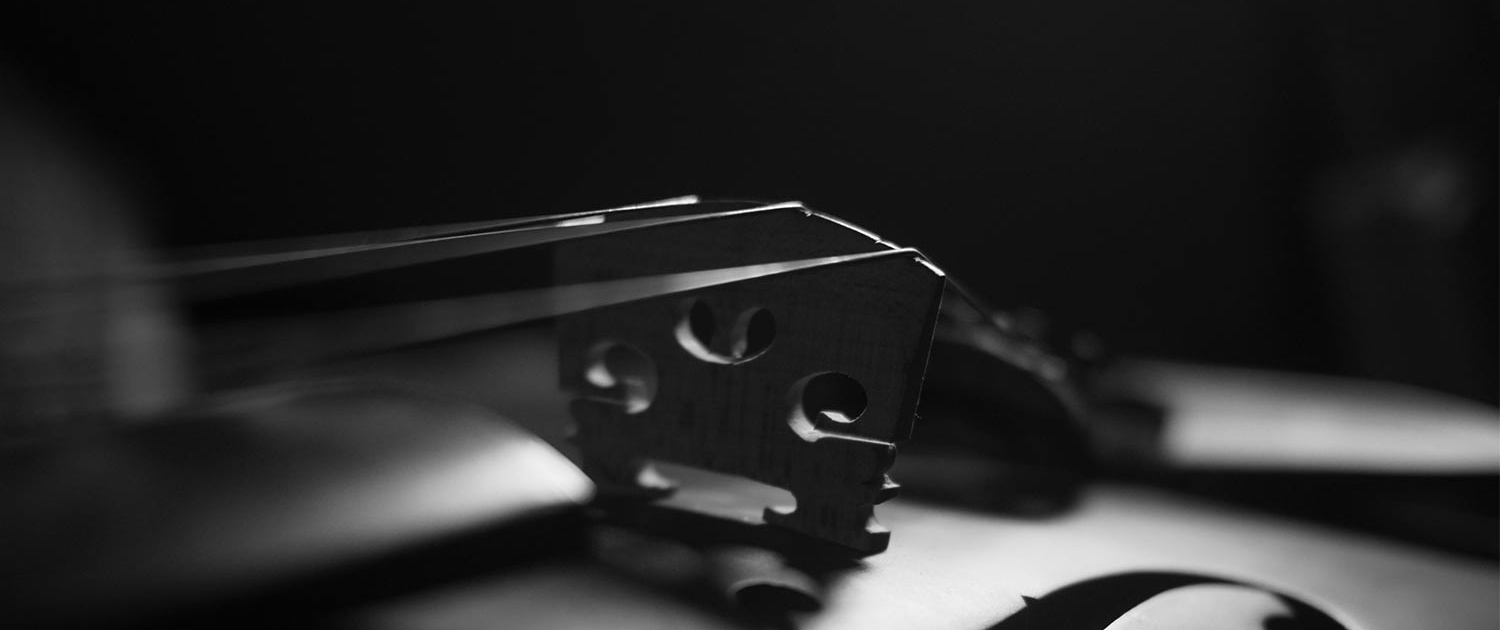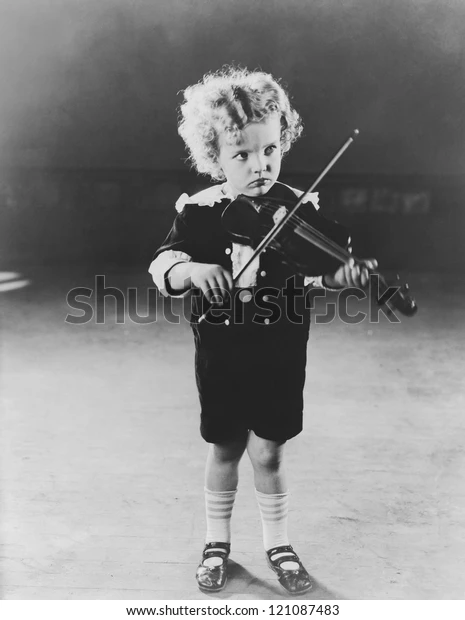The poor of Jesus Christ
It may seem strange today but in the seventeenth century being a musician was one of the safest professions for a young person, especially in Naples: the city had 400,000 inhabitants but also 500 churches, chapels and brotherhoods that offered jobs to musicians.
It was also this trend that transformed four of the many orphanages – which in Naples were called “conservatories” – where a profession was taught to children without a family, in public music schools, the first in Europe. Our Conservatory was born in the last years of the sixteenth century by a visionary Franciscan, Marcello Fossataro da Nicotera, who wanted to emulate the works of charity carried out at that time by the oratorians of Rome, beginning to gather dozens of abandoned children, who drove around the streets of Naples asking for charity for the “poor of Jesus Christ”: from here the name of the institute was born.
Thanks to the donations collected, he was able to buy a group of houses on the side of the road that was then called di San Lorenzo (today via dei Tribunali) right in front of the magnificent church of the Filippini Fathers called Girolamini in Naples, so he began to organize the space of what was to become then the Conservatory of the Poor of Jesus Christ that was located just behind the church of Santa Maria del “Pilar” (or “of the column”).
The boys gathered by Father Marcello wandered around Naples organized in teams (“fleets” or “paranze” like boats) and learned to sing litanies and sacred songs that increased the generosity of the offerings. What had been the last of the orphanages created in the city, became the first one, entirely dedicated to music teaching .
The first master was the Apulian Giovan Giacomo De Antiquis, from 1605 to 1608 he also became canon of the church of Santa Maria della Colonna.
After De Antiquis teaching, it was agreed that the teachers were at least four: the chapel master, an assistant who taught singing, and then a master of string instruments and one of woodwind instruments.
Particularly followed were the emasculated pupils, boys coming from the remote provinces of the viceroyalty but also from Rome and other cities. The eunuchs wore as their special badge a red belt in addition to the blue cap.
From the second half of the seventeenth century, the conservatory acquired a great reputation in the city and its musical services were generously compensated.
Thanks to this state of financial well-being, the governors decided to refound the small church of Santa Maria Colonna with an ambitious project by Antonio Guidetti.
The splendid new church was inaugurated in 1716 and the walls were embellished with canvases by Paolo De Matteis and a grandiose gilded organ whose case still exists in the choir at the top. The Conservatory could boast a host of masters and students of European resonance: after Salvatore, just think of the names of Greco, Ricchezza, Porpora, Durante, Vinci and the most famous of all, Pergolesi.




